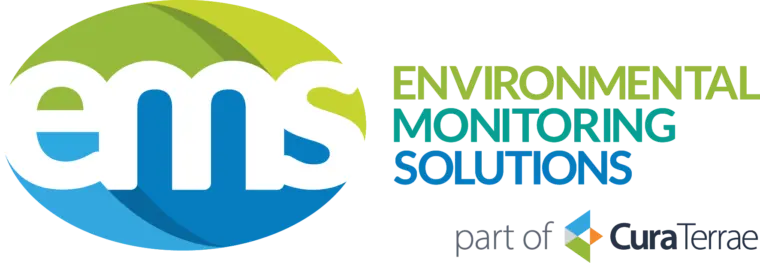How is Artificial Intelligence Making Wastewater Applications Smarter? – blog 3
6 December 2017
In last weeks blog, we discussed the different types of artificial intelligence and how they differ from each other. We will now take a look at how these different types can be used in Wastewater networks. Because of their relative prevalence in the water industry, and in particular in wastewater applications, the following are considered:
- Artificial Neural Networks (ANN)
- Fuzzy Logic Algorithms (FL)
- Genetic Algorithms (GA)
Application of Artificial Neural Networks (ANNs) in Wastewater
ANNs are generally used to learn from ‘big data’ and then to predict or detect events. They are used where phenomena are poorly understood or very complex but obey patterns.
Data needs to be available of a sufficient extent and quality that an algorithm can be designed to learn from it and to sufficiently generalise within the overall landscape of possibilities. A downfall of ANNs, therefore, can be insufficient data, or a bias towards data which focuses on specific areas of the overall landscape. A further downfall can be a change in an aspect of a system which is not picked up in the original input data.
ANNs have been used to replicate the behaviour of complex models which are too slow to run real-time application, for example in urban flood prediction.
ANNs are being used to tackle emerging climate related problems. Urban flooding is an increasing prevalent side-effect of climate change and urbanisation. Hence, the focus on modelling has increased. ANNs have been used to model and predict water levels, flow rates and flood volumes in both fluvial environments and in wastewater networks.
Application of Fuzzy Logic in Wastewater
In wastewaster, FL has been used where expert knowledge is available, and where phenomena are understood in principle but the outputs are variable.
A study conducted by Pedrycz (1993) observed that although alternative approaches such as GAs and ANNs can perform just as well as FL in many cases, FL has the advantage that the solution to the problem can be cast in terms that human operators can understand, so that their experience can be used in the design of the controller. This makes it easier to mechanize tasks that are already successfully performed by humans.
For these reasons, FL is finding many applications in wastewater, especially those involving an element of control.
In wastewater, FL has been widely used in control applications, e.g. pump station control and optimisation of energy, control of additives in treatment, control of activated sludge plants, energy saving in the aeration process, in-line control of non-linear pH neutralisation, optimisation of nitrogen removal and aeration energy consumption in wastewater treatment plants. FL has also been used in blockage detection, state estimation in anaerobic wastewater treatment, CSO performance optimisation and management in near-real-time.
Application of Genetic Algorithms in Wastewater
GAs are generally used off-line in the optimisation of decisions or systems. This might be in model calibration, or in asset investment optimisation looking over extended time periods.
For network design and rehabilitation planning, much of this began in water distribution networks and progressed then onto wastewater networks and then from infrastructure to non-infrastructure. GAs are now in common use in asset investment planning in the water industry.
A study by Mackle et al. (1995) used a simple GA for pump scheduling in a water supply system; their objective was to minimise the costs of pumping by taking advantage of low cost electricity tariffs and additional storage in the system. The GA was necessarily used offline but the advantages coming from them were built into operational policies.
GAs have been used in combination with ANNs for applications in wastewater systems control by Hadja et al. (1998). Since GAs are likely to perform too slowly for online application, ANNs were trained to approximate GA results.
GAs are now commonly used in modelling packages for optimisation problems, for example in looking at management strategies for large networks.
To realise the benefits of AI, we need to internalise the power in better products and more robust platforms which have been designed to guard against the downsides of AI. These downsides include the inability to communicate effectively.
Next week we will look at a case study on CENTAUR, an intelligent autonomous system for local urban flood risk reduction.
Hadja, P., Novotny, V., Feng, X. & Yang, R. (1998). Simple feedback logic, genetic algorithms, and artificial neural networks for real-time control of a collection system. Water and Science Technology, 38(3), 187-195
Mackle, G., Savic, D.A. & Walters, G.A. (1995) Application of genetic algorithms to pump scheduling for water supply. In Proc. of Genetic Algorithms in Engineering Systems: Innovations and Applications, GALESIA’95. IEE Conference Publication 414, 400-405
Pedrycz, W. (1993). Fuzzy Control and Fuzzy Systems (2 ed.). Research Studies Press ltd.









